Upper Body Injuries in Golfers
- PMID: 35930185
- PMCID: PMC9789227
- DOI: 10.1007/s12178-022-09787-y
Upper Body Injuries in Golfers
Abstract
Purpose of review: Golf is a sport that can be played by an athlete of any age, which enhances its popularity. Each golfer's swing is unique, and there is no "right" way to swing the golf club; however, the professional golfer often has more of a consistent swing as opposed to an amateur golfer. A collaborative, team approach involving the golfer with a swing coach, physical therapist, and physician often can be informative on how to prevent golf injury, but also how to treat golf injury if it occurs.
Recent findings: As a rotational sport, the golfer needs to be trained and treated with respect for how the body works as a linkage system or kinetic chain. A warm-up is recommended for every golfer before practicing or playing, and this warm-up should account for every segment of the linkage system. Though it has been thought of as a relatively safe sport, injuries can be seen with golfers of any age or skill level, and upper body injuries involving the cervical and thoracic spine, shoulder, elbow, and wrist are common. A narrative review is provided here of the epidemiology of golf injury and common injuries involving each of these upper body regions. In addition, treatment and injury prevention recommendations are discussed.
Keywords: Cervical spine injury; Elbow injury; Golf; Shoulder injury; Thoracic spine injury; Wrist injury.
© 2022. The Author(s), under exclusive licence to Springer Science+Business Media, LLC, part of Springer Nature.
Conflict of interest statement
Andrew Creighton, Jennifer Cheng, and Joel Press declare that they have no conflict of interest.
Figures
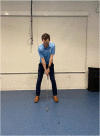
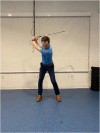

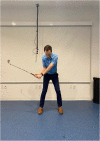
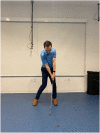
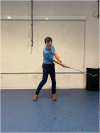

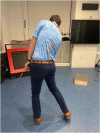




References
-
- • Naeem K, Wang MS, Kreiner DS, Porter RW. Asymmetrical Thoracic Osteophytosis in Professional Golfers: Case Series and Literature Review. Curr Sports Med Rep. 2021;20(10):506–10. 10.1249/jsr.0000000000000894A new diagnosis for thoracic spine pain in the golfer, asymmetric thoracic osteophytosis, is first described in a case series of two patients. - PubMed
-
- • Robinson PG, Murray IR, Duckworth AD, Hawkes R, Glover D, Tilley NR, et al. Systematic review of musculoskeletal injuries in professional golfers. Br J Sports Med. 2019;53(1):13–8. 10.1136/bjsports-2018-099572This is a systematic review of the clinical literature establishing the epidemiology of musculoskeletal injuries affecting professional golfers. - PubMed
Publication types
LinkOut - more resources
Full Text Sources
Research Materials

